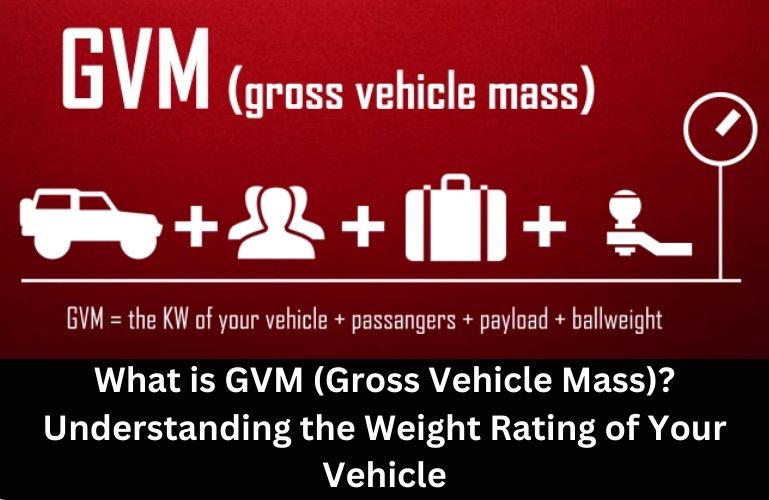What is GVM (Gross Vehicle Mass): Understanding the Weight Rating of Your Vehicle
When it comes to understanding the weight capacity of your vehicle, the term GVM (Gross Vehicle Mass) is a crucial concept to grasp. GVM refers to the maximum permissible weight that a vehicle can legally carry, including its passengers, cargo, fuel, and any additional load. Knowing and adhering to the GVM is essential for maintaining safety, ensuring optimal vehicle performance, and complying with legal requirements. In this blog post, we will explore the significance of GVM and its implications for vehicle owners.
Defining GVM
GVM (Gross Vehicle Mass) refers to the maximum weight a vehicle can safely carry as specified by the manufacturer. This includes the weight of the vehicle itself, its occupants, fuel, accessories, and any modifications.
Safety and Stability
Adhering to the GVM rating of your vehicle is crucial for maintaining safety and stability on the road. Exceeding the GVM can compromise your vehicle’s braking performance, steering responsiveness, and overall stability. Overloading a vehicle beyond its weight capacity can strain critical components, such as the suspension, tyres, brakes, chassis and so on, leading to increased wear and tear and potential failure.
Legal Compliance
Understanding and adhering to the GVM of your vehicle is essential to comply with legal requirements. Exceeding the GVM can result in fines, penalties, and other potential legal consequences.
Towing Considerations
GVM also plays a role when towing a trailer or caravan. When calculating the maximum towing capacity of your vehicle, the GVM needs to be considered. The weight of caravans tow ball weight, adds to the total load on the vehicle this is were people get caught out so just remember if your tow ball weight is 300kgs that’s 300kgs that’s being added to the vehicles GVM.
Payload Management
Careful consideration should be given to the weight of passengers, cargo, tow ball weight, and any additional accessories or modifications. Removing any unnecessary items will help prevent overloading.
Conclusion
GVM, or Gross Vehicle Mass, is a critical weight rating vehicle owners must understand and follow. It defines a vehicle’s maximum weight, including occupants, cargo, fuel, and any additional load. Adhering to the GVM ensures safety, stability, and legal compliance.
If you have added a heap of accessories to your 4×4 and think you might be over weight or have done your calculations but forget to add the tow ball weight don’t hesitate to contact us at
DwnUnder Weighing your mobile weighing services
Phone: 0492 184 495
Email: info@dwnunder.com.au
Website: www.dwnunder.com.au

